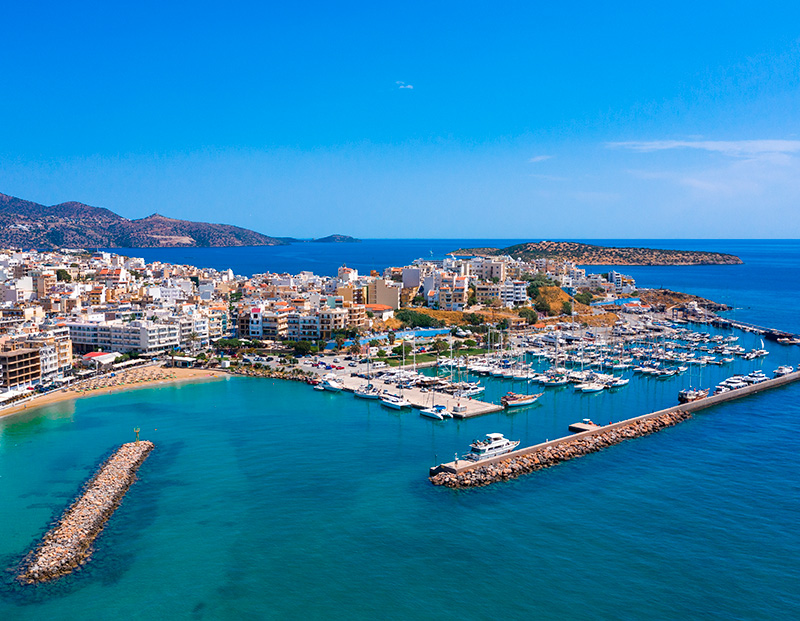At Ayesa, our marine and coastal team delivers precise data and insights through modelling and simulation to balance infrastructure development with environmental stewardship. Our coastal engineers utilise high-tech models and monitoring to understand the forces affecting coastal structures and environments, including sea-level rise, tides, erosion, waves, climate change, and storm surges. We collaborate with government bodies, developers, stakeholders, and contractors on projects such as flood alleviation and protection, revetments, and quay walls and harbours.
Our designs, supported by hydrodynamic and geomorphic modelling, ensure robustness and adaptability. Additionally, Ayesa rehabilitates diverse coastal structures, both natural and engineered. We manage and implement advanced dredging, reclamation, shoreline, and beach management programs.
Our reports guide both technical and non-technical stakeholders in meeting project goals and regulatory requirements.



By combining engineering with modelling and simulation, we aim to:


Deliver Sustainable Coastlines and Structures
Enhance the resilience and sustainability of coastal environments, safeguarding coastlines and structures. We design both hard and soft solutions for coastal protection.
Beach Creation and Management
Ayesa focuses resilience and adaptation planning to tackle coastal hazards and climate change impacts effectively.
Climate Change and Coastal Hazards
Ayesa addresses resilience and adaptation planning in coastlines and coastal structures. Our reports provide guidance to technical and non-technical stakeholders, ensuring alignment with project objectives and regulatory standards.
Advanced Accurate Modelling
Our team uses advanced numerical modelling techniques to study coastal processes, including waves, currents, tides, storms, sediment transport, erosion, accretion, and climate change.
Our tools, such as MIKE, Optimoor, and SBEACH, enable precise and reliable predictions of metocean, hydrodynamic, and morphological conditions.
The Ayesa team sets up local site-specific models to assess potential impacts and risks, using regional models for reliable offshore Metocean inputs.
At the same time, we can conduct numerical modelling experiments to test and optimise the design and performance of coastal structures and schemes.